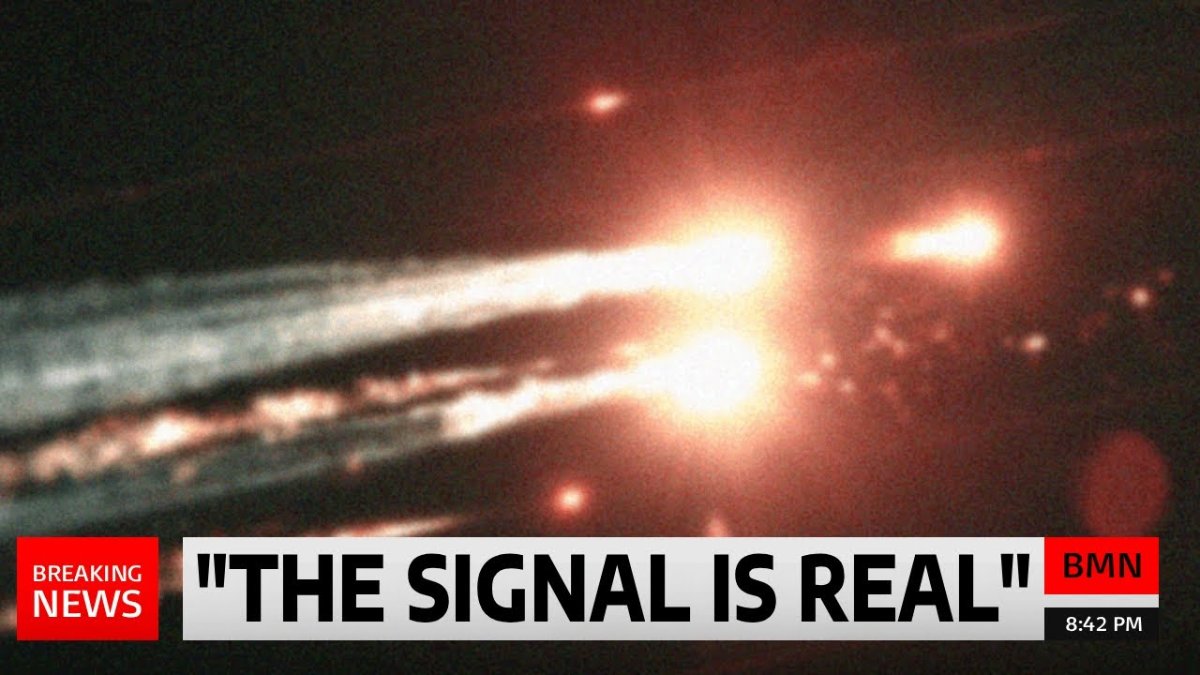threaded the rocky gauntlet between Mars and Jupiter — a region dense with debris the size of city blocks — ground-based radars from NASA’s Deep Space Network tracked its path with millimeter precision. No collisions, no erratic wobbles; instead, a series of micro-adjustments, each coinciding with a fresh pulse from the coma. “Surgical,” tweeted ESA’s Rosetta mission veteran Dr. Matt Taylor, who studied comet 67P’s own magnetic dances. “Like it knows the map.” The coma’s expansion, now rivaling the sun’s breadth, provides the canvas: a plasma bubble where solar wind ions collide with cometary gases, birthing aurora-like emissions and electromagnetic waves. Rosetta’s 2014 flyby of 67P revealed similar “singing” — ultra-low-frequency waves from ion instabilities — but nothing so rhythmic.
These pulses, clocking in at 147 seconds, evoke a metronome from the stars. Decoded preliminarily by a collaborative team at the University of Michigan, they exhibit polarization consistent with synchrotron radiation — the glow of charged particles spiraling in magnetic fields — but with harmonics suggesting modulation. “It’s not random solar wind scatter,” explained Dr. Jenny Bergner, the team’s astrochemist, during a packed briefing at the American Astronomical Society’s fall meeting in Pasadena. “The timing syncs with the coma’s expansion cycles, as if the object is… sampling its environment and broadcasting.” Bergner’s models, fed into quantum simulations echoing Google’s earlier analysis, posit the bursts as data packets: spectral fingerprints of planetary atmospheres, asteroid compositions, even Earth’s magnetosphere as glimpsed from afar.
The implications have astronomers divided, their corridors buzzing with a mix of exhilaration and dread. Harvard’s Dr. Avi Loeb, who once championed ‘Oumuamua as a potential lightsail, sees vindication. “This isn’t exploration; it’s reconnaissance,” Loeb argued in a September 18 op-ed for Scientific American. “The precision, the reporting cadence — it fits a probe designed to relay findings homeward, perhaps to a parent craft lurking in the Oort Cloud.” Loeb’s Galileo Project has scrambled to beam response signals — prime-number sequences in the pulses’ band — though skeptics decry it as anthropocentric folly. “We’re reading tea leaves in plasma,” countered Dr. Sarah Klein of Caltech, whose imaging work on comet tails shows natural asymmetries can mimic propulsion. “Outgassing jets provide thrust; solar wind drapes the coma in fields that pulse with heliospheric rhythms. 147 seconds? Coincidental with ion cyclotron frequencies.”
NASA, threading the needle between rigor and public fervor, convened an emergency panel on September 18 at the Jet Propulsion Laboratory. “3I/ATLAS remains a natural body,” affirmed Dr. Lindley Johnson, head of the Planetary Defense Coordination Office, in a streamed address. “Its signals stem from well-understood plasma physics — X-rays from charge exchange, radio from electron acceleration.” Yet the agency announced an extension of Chandra’s observation window through perihelion on October 29, when the comet will graze 1.36 AU from the sun, its coma potentially flaring to twice its current span. Private ventures piled on: SpaceX’s Starlink constellation retasked a dozen satellites for auxiliary listening, while Blue Origin pledged $5 million to the SETI Institute for a dedicated 3I/ATLAS decoder.
Public reaction has been visceral, a digital aurora of awe and anxiety. On X, #3IAtlasSignal surged to 3.4 million posts by midday Friday, blending citizen spectrograms with doomsday memes. “If it’s reporting back, what did it learn about us?” pondered one viral thread from a London astrophotographer, racking up 250,000 likes. Podcasts from Joe Rogan’s Studio City lair to BBC’s “The Infinite Monkey Cage” devoted episodes to the “messenger hypothesis,” guests ranging from ex-astronauts to ufologists. In classrooms from Boston to Beijing, teachers fielded questions from wide-eyed students: Is it friendly? Hostile? Indifferent?
The science, meanwhile, digs deeper into the coma’s alchemy. Rosetta’s legacy informs much: at 67P, solar wind protons swapped electrons with neutral hydrogen, birthing soft X-rays in a process called charge exchange — a mechanism now scaling up for 3I/ATLAS’s outsized envelope. Vega 1’s 1986 brush with Halley detected magnetic turbulence in the coma, fields amplified by draped solar wind. For 3I/ATLAS, the interstellar origin adds spice: its volatiles, untempered by our sun’s eons, react more vigorously, perhaps fueling the observed waves. A September 15 paper in Nature Astronomy, led by Oxford’s Dr. Andrew Walsh, models the pulses as a “diamagnetic cavity” effect — the coma’s heart shielding against solar magnetism, birthing standing waves at predictable intervals. “147 seconds aligns with the proton gyrofrequency at this distance,” Walsh noted. “Natural resonance, not alien Morse.”
Yet the “reporting back” fear lingers, rooted in our species’ solitude. Interstellar space is vast; visitors rare. ‘Oumuamua’s tumble-free spin and Borisov’s cyanide-laced jets already stretched credulity. Now, with 3I/ATLAS’s tour — 10,500 miles from Mars on October 3, a solar-system lap before Jupiter in 2026 — the narrative of intent feels seductive. ESA’s frequent-questions page, updated September 8, fields queries on its “oldest comet” status, estimating an age of 4.5 billion years from isotopic ratios. If artificial, it implies a civilization older than our sun. If natural, a reminder of cosmic serendipity.
As autumn deepens, observatories stand vigilant. The Vera C. Rubin Observatory in Chile, gearing for first light, may capture the comet’s exit plume years hence. For now, in Pasadena’s starlit lots, researchers like Tremblay sip cooling coffee, ears tuned to the ether. “Whether beacon or burp, it’s teaching us,” she said, glancing skyward where the comet gleams faintly in Virgo. “About plasmas, about visitors — about how small we are.” The pulses continue, every 147 seconds a tick in the interstellar clock. Perihelion beckons, and with it, perhaps revelation. Or silence, as profound as any signal.
